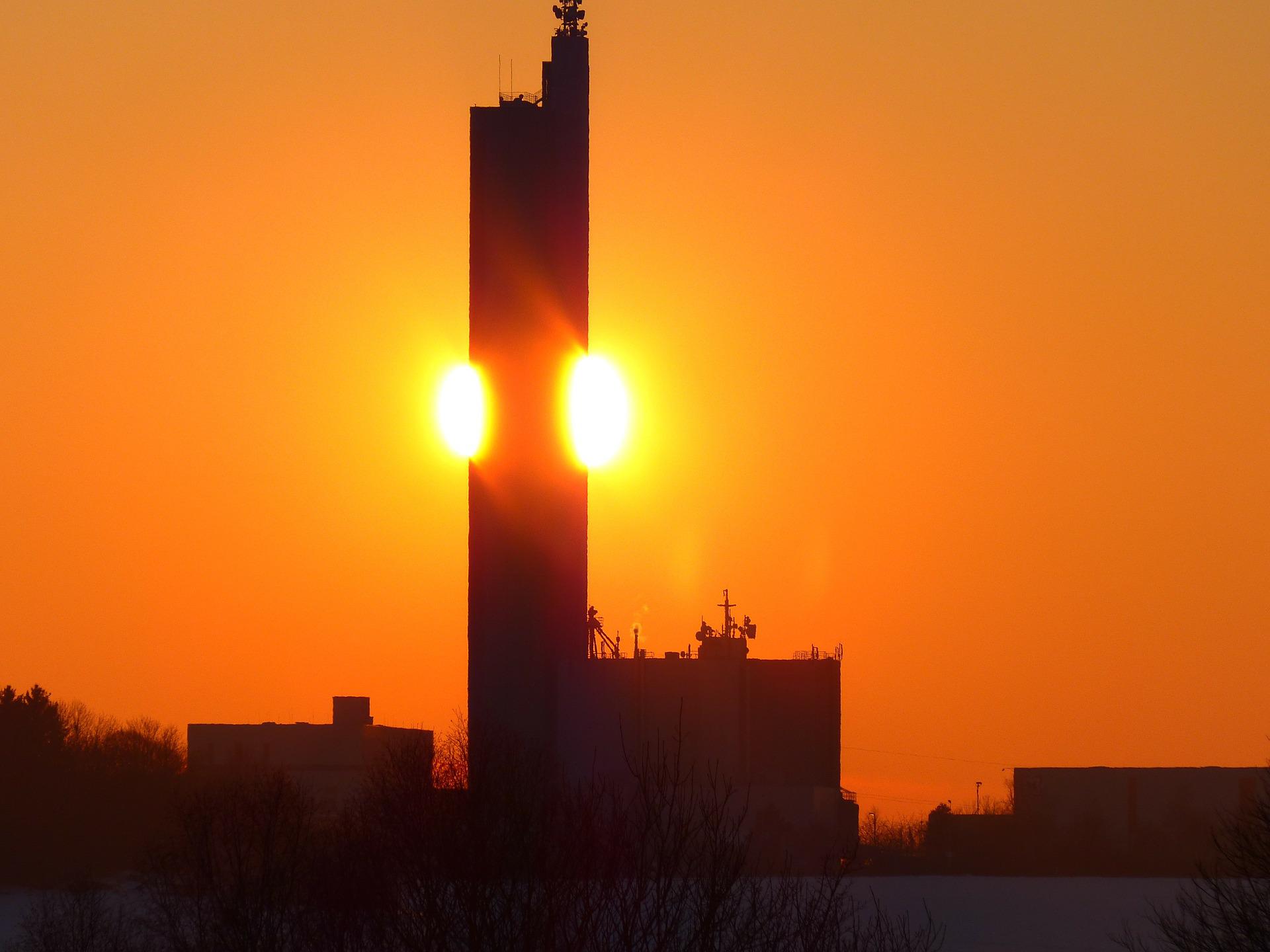
Geneva – There is a 50-50 chance of the annual average global temperature temporarily reaching 1.5 °C above the pre-industrial level for at least in the next five years, the World Meteorological Organisation (WMO) says.
There is a 93 percent likelihood of at least one year between 2022-2026 becoming the warmest on record and dislodging 2016 from the top ranking, the WMO’s latest report just out today says.
The chance of the five-year average for 2022-2026 being higher than the last five years (2017-2021) is also 93 percent.
The annual update harnesses the expertise of internationally acclaimed climate scientists and the best prediction systems from leading climate centres around the world to produce actionable information for decision-makers.
The chance of temporarily exceeding 1.5°C has risen steadily since 2015, when it was close to zero. For the years between 2017 and 2021, there was a 10 percent chance of exceedance. That probability has increased to nearly 50 percent for the 2022-2026 period.
The planet is getting measurably closer to temporarily reaching the lower target of the Paris Agreement on climate change, the report says.
The 1.5°C figure is not a random statistic. It is rather an indicator of the point at which climate impacts will become increasingly harmful for people and the entire planet.
As long as countries and people continue to emit greenhouse gases, temperatures will continue to rise. Oceans will continue to become warmer and more acidic, sea ice and glaciers will continue to melt.
Sea level will continue to rise and the weather will become more extreme. Arctic warming is disproportionately high and what happens in the Arctic affects the whole world.
The Paris Agreement sets long-term goals to guide all nations to substantially reduce global greenhouse gas emissions to limit the global temperature increase in this century to 2 °C while pursuing efforts to limit the increase even further to 1.5 °C.
The Intergovernmental Panel on Climate Change says that climate-related risks for natural and human systems are higher for global warming of 1.5 °C than at present, but lower than at 2 °C.
In 2021, the global average temperature was 1.1 °C above the pre-industrial baseline, according to the WMO report.
Back-to-back La Niña events at the start and end of 2021 had a cooling effect on global temperatures, but this is only temporary and does not reverse the long-term global warming trend.
Any development of an El Niño event would immediately fuel temperatures, as it did in 2016, which is until now the warmest year on record.

